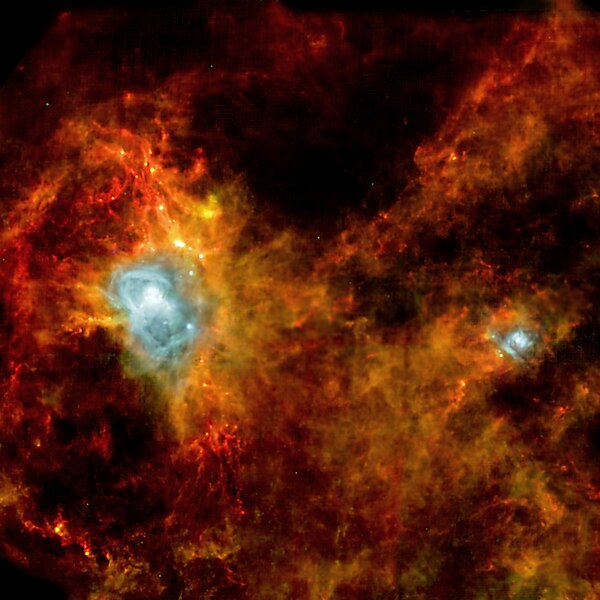Súbor:Infrared Image of Dark Cloud in Aquila.jpg

Veľkosť tohto náhľadu: 600 × 600 pixelov. Iné rozlíšenia: 240 × 240 pixelov | 480 × 480 pixelov | 768 × 768 pixelov | 1 024 × 1 024 pixelov | 1 930 × 1 930 pixelov .
Pôvodný súbor (1 930 × 1 930 pixelov, veľkosť súboru: 611 KB, MIME typ: image/jpeg)
História súboru
Po kliknutí na dátum/čas uvidíte ako súbor vyzeral vtedy.
| Dátum/Čas | Náhľad | Rozmery | Používateľ | Komentár | |
|---|---|---|---|---|---|
| aktuálna | 18:39, 30. jún 2011 |  | 1 930 × 1 930 (611 KB) | Spitzersteph |
Použitie súboru
Na tento súbor odkazujú nasledujúce 3 stránky:
Globálne využitie súborov
Nasledovné ďalšie wiki používajú tento súbor:
- Použitie na af.wikipedia.org
- Použitie na ar.wikipedia.org
- Použitie na be.wikipedia.org
- Použitie na bg.wikipedia.org
- Použitie na ca.wikipedia.org
- Použitie na en.wikipedia.org
- Použitie na es.wikipedia.org
- Použitie na eu.wikipedia.org
- Použitie na gl.wikipedia.org
- Použitie na hi.wikipedia.org
- Použitie na id.wikipedia.org
- Použitie na ja.wikipedia.org
- Použitie na ko.wikipedia.org
- Použitie na nl.wikipedia.org
- Použitie na pl.wikipedia.org
- Použitie na ru.wikipedia.org
- Použitie na sr.wikipedia.org
- Použitie na sv.wikipedia.org
- Použitie na te.wikipedia.org
- Použitie na www.wikidata.org
- Použitie na zh.wikipedia.org


